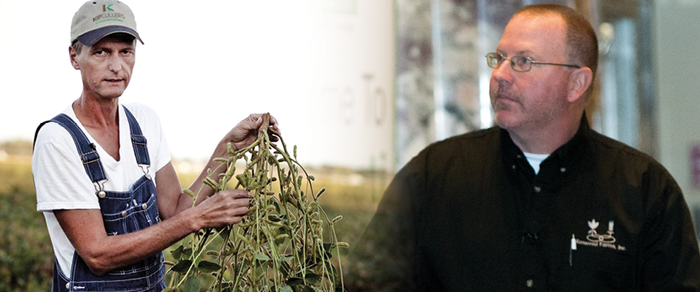No-Till Farmer
Get full access NOW to the most comprehensive, powerful and easy-to-use online resource for no-tillage practices. Just one good idea will pay for your subscription hundreds of times over.

“Keeping soybeans short is crucial because they don’t translocate photosynthesis in the stem. If photosynthesis goes down, yield goes down with it.” — Kip Cullers
“I don’t want to do anything to my crop that’s going to take some yield away, because we can’t build yield or create it. We’re just protecting it.” — David Hula
One of the most valuable lessons David Hula learned about farming came several years ago from a towering former NFL player turned DuPont Pioneer agronomist.
He recommended Hula try a 120-day hybrid in corn, rather than his typical 104- to 114-day hybrid. Impact plots Pioneer tried on specific farms showed an average test weight of 57-58 pounds, but Hula discovered management practices that “tricked” his field into yielding 63.5 pounds.
As a perennial yield-contest champion, Hula says he’s learned to think outside of the box, and that’s what it takes for other no-tillers to break through their own yield barriers.
Hula notes that he rents 10-15 acres to seed corn companies doing advanced line trials, “so we can see some genetics and look at things on a small scale before we try to blow them up on a larger scale,” says Hula, whose family has been no-tilling continuously near Charles City, Va., since 1987.
Breaking Another Soybean Barrier
There’s no doubt that the success of David Hula, Kip Cullers and other farmers is driving other stakeholders in agriculture to take their own shot at breaking through yield barriers.
Soybean research trials conducted in 2014…